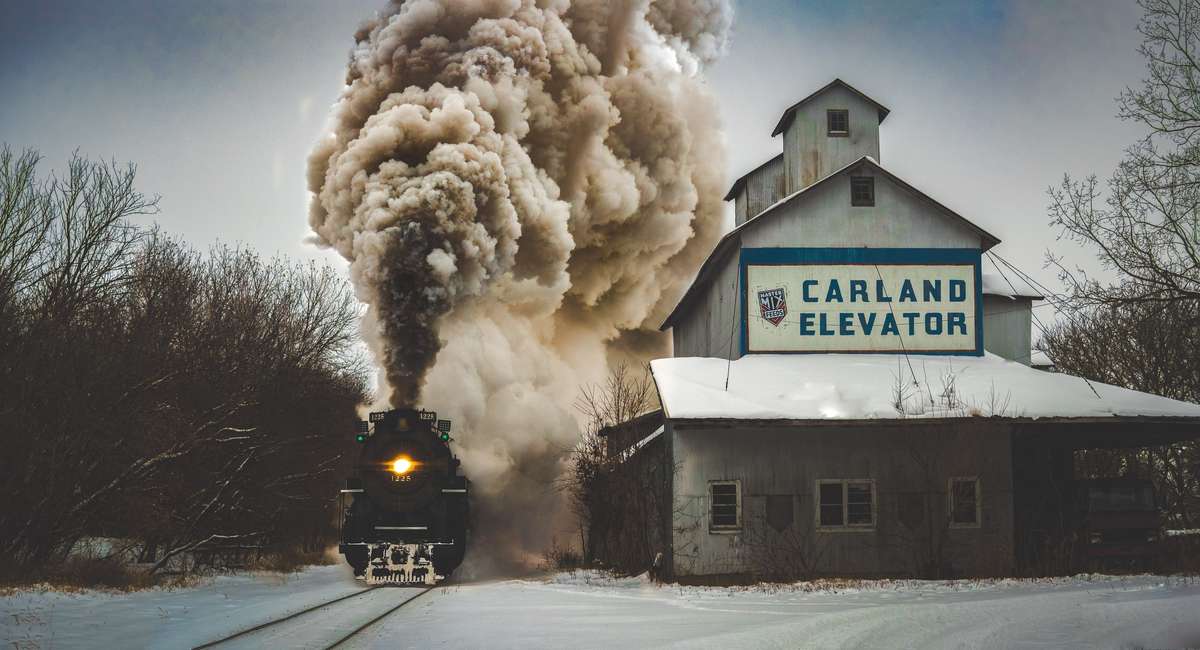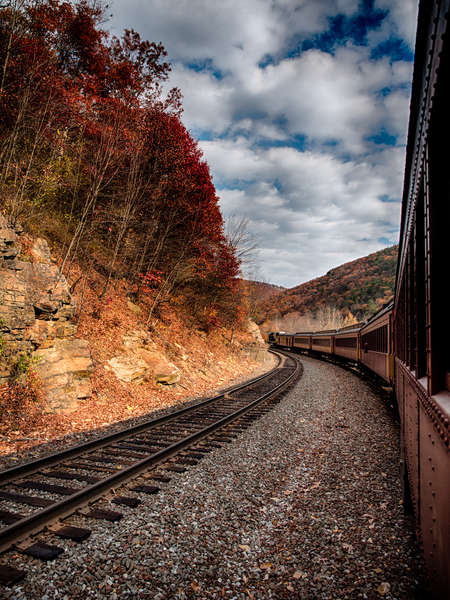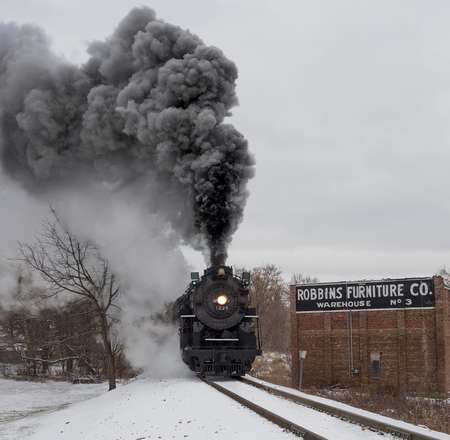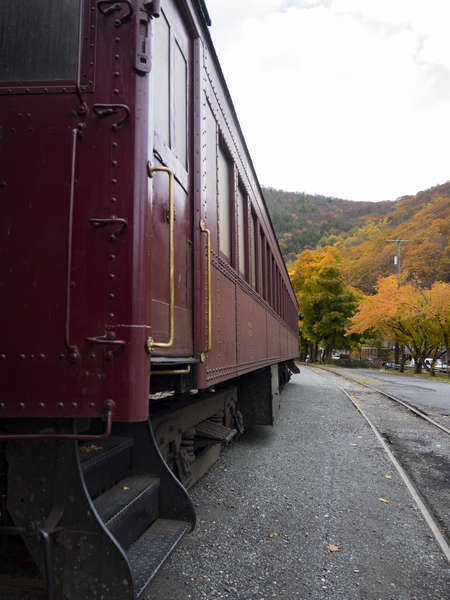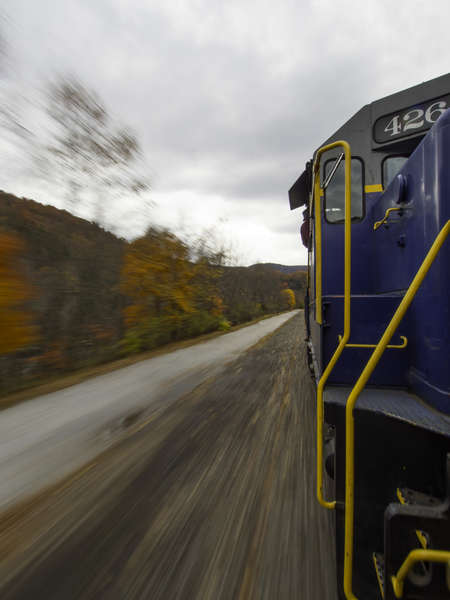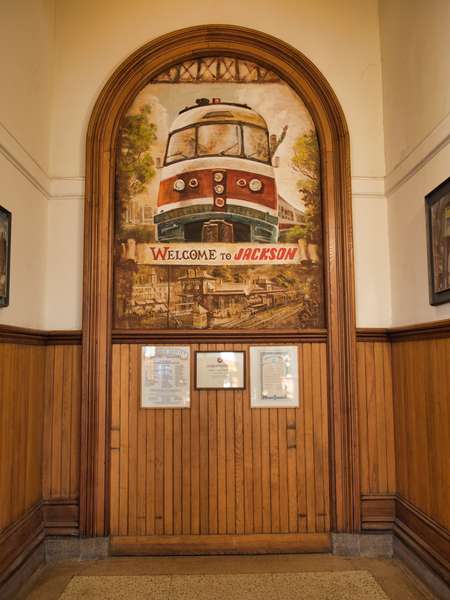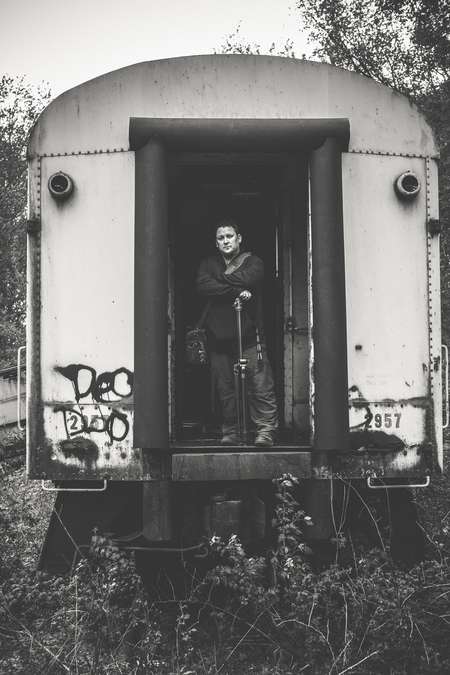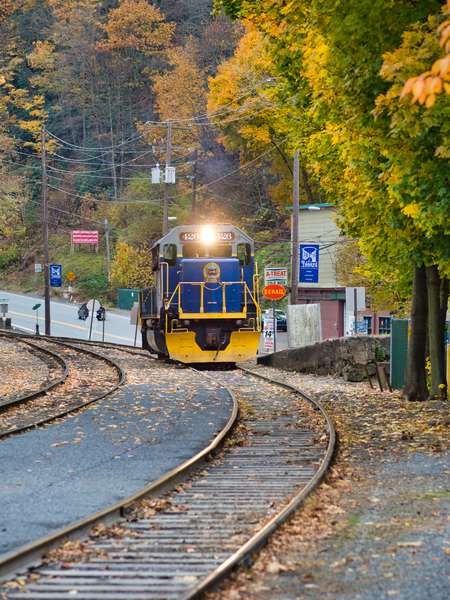Let’s begin with a word about safety when photographing trains.
Photographing trains should always be done under controlled conditions and never attempted without collaboration with the proper authorities. In most municipalities railroad tracks are private property and standing on them to make photos would be considered trespassing and is extremely dangerous. Shooting in a non-controlled situation on your own can result in serious injury or worse.
The whistle of a train in the distance, the low rumble of the ground as it nears, the rhythmic chugging of the locomotive passing, and the smiling faces of its passengers all evoke a timeless sense of nostalgia. And there is no better way to convey that sense of nostalgia and tell the tale of travel than to do it through photography. But to photograph trains there are a few tips and tricks that can help you create the best images possible.
FINDING A TRAIN
Before you can photograph trains it helps to know where to find them, and where to safely photograph them. An easy way to locate historic trains in your state is to visit this website and find something close to home for you.
Another way to find a train is to become a passenger on one! By riding the train you will get a more intimate look at not only the train, but the experience of being a traveler aboard one.
And finally a quick search on Flickr or Google for “trains+your locality” will often yield great results.
After finding your local locomotive reach out to local photography groups for advice on safe locations to photograph your train.
MAKING THE SHOTS: INTERIOR
Now that you have found a train to photograph and have bought a ticket to ride, you will want to keep in mind the low light found inside a train car. Shooting with a prime lens such as the M.Zuiko Digital ED 17mm F1.8, or M.Zuiko Digital ED 17mm F1.2 PRO will help bring the interior exposure up while maintaining a lower ISO. Another consideration is the tight confines of a rail car. Sticking with a wider focal length like the aforementioned 17mm primes, or even wider with an M.Zuiko Digital ED 7-14mm PRO or M.Zuiko Digital 8mm F1.8 Fisheye PRO will offer great perspective shots. And while any of the Olympus cameras are capable of shooting inside a train, I prefer the OM-D E-M1 line for their superior image stabilization, especially while the train is in motion!
MAKING THE SHOTS: EXTERIOR
If you’ve opted to shoot trains from the outside and have researched where to be shooting from a trip to the location the day before you will be shooting is advised! By scouting your location in advance you can pre-visualize your composition and understand the best (and safest!) place to be when shooting. Remember, trains run on an exact schedule so you will only have a short window of opportunity to get it right!
For me, the perfect lens to shoot passing trains with is the M.Zuiko Digital ED 12-100mm IS PRO. This lens offers great reach at the long end of 100mm, and is plenty wide at the 12mm end to get great shots as the train passes close by. To freeze the motion of steam locomotives my camera settings are generally set to Shutter Priority, high sequential shutter, a shutter speed of 1/800th of a second or faster, and Auto ISO. When using the OM-D E-M1 Mark II, setting the camera focus to C-AF+TR ensures I will get all of my images in focus perfectly if the train is headed towards me.
To create a completely different look, I will slow my shutter speed down and with the help of the OM-D’s in-body image stabilization I am able to run a longer exposure to get great motion blurring. A good starting point for this blur would be in the range of 1/160th of a second and slower depending on the speed of the train.
When I venture out to photograph trains I also try and document the entire experience. That means spending time in the train station and terminals photographing the people and interior spaces that make up the whole experience of traveling by train.
BONUS SHOTS
Less often photographed are abandoned trains and rail yards. While these are not easily found, searching on Google for terms like “Abandoned trains+your state” may yield some surprising results. Do your research to make sure you won’t be breaking any laws by approaching and photographing these trains. When shooting these types of settings I treat this like an urban shoot and bring a wide angle lens such as the M.Zuiko Digital ED 7-14mm PRO and some fast primes. Using the timer function and being on a tripod allows me to get myself into some of the photos as a way of documenting my adventures.
ABOUT JAMIE MACDONALD
Web: jmacdonaldphoto.com
Twitter: @MacDonald_Photo
Instagram: @MacDonald_Photo
Jamie MacDonald is a nature and stock photographer and social influencer living in Michigan’s Lower Peninsula. A husband and the father of two boys who are widely featured in his work, he describes his love of photography as one that is “rooted in the desire to move people to see the world around them in new ways.
